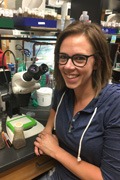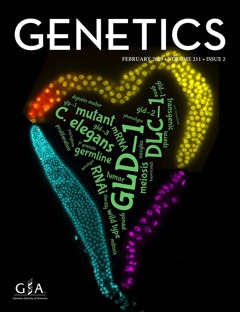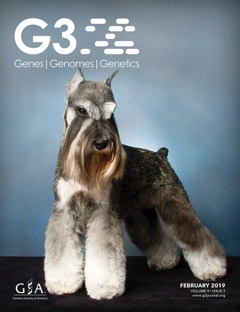Two complementary methods for genotyping taste receptor TAS2R38 in humans
Author(s):
Janet M. Murray, Kara Pivarski, and Timothy Hunter
Overview:
This multi-session laboratory exercise is designed to expand the concept of genetic variation, expose students to multiple molecular techniques and underscore the importance of experimental validation in the scientific method. Briefly, students develop a hypothesis about their ability to taste certain bitter substances, isolate their genomic DNA from buccal cells, and examine a Single Nucleotide Polymorphism (SNP) of interest. They utilize both Derived Cleaved Amplified Sequence (dCAPS) and Sanger sequencing for genotyping the SNP. (Sample sequence data are provided if this methodology is not accessible or cost prohibitive). The students analyze their individual restriction and sequence data and perform direct phenotypic testing with PTC taste strips. Collection of total classroom data is used for Hardy-Weinberg calculations of expected genotype and allele population frequencies. This inquiry based laboratory exercise engages students through their desire for self-discovery without raising any serious health concerns. The exercise is designed for early to mid-level undergraduates in a basic molecular biology or genetics laboratory. The genotyping of TAS2R38 by restriction analysis is adapted from a protocol published by Merritt et al., 2008, and the experimental kit available through Carolina Biological developed in association with The Dolan DNA Learning Center, 2009. Options are provided to adapt the materials for more advanced laboratories including biochemistry laboratories.
Genetics Concept(s) Addressed:
Nature of Genetic Material: What are the molecular components and mechanisms necessary to preserve and duplicate an organism’s genome?
Transmission/Patterns of Inheritance: What are the mechanisms by which an organism’s genome is passed on to the next generation?
Transmission/Patterns of Inheritance: How can one deduce information about genes, alleles, and gene functions from analysis of genetic crosses and patterns of inheritance?
Evolution and Population Genetics: What are the processes that can affect the frequency of genotypes and phenotypes in a population over time?
Core Competencies Addressed:
Students should be able to implement observational strategies to formulate a question.
Students should be able to generate testable hypotheses.
Students should be able to design an experiment using appropriate controls and appropriate sample sizes.
Students should be able to gather and evaluate experimental evidence, including qualitative and quantitative data.
Audience:
Intermediate undergraduate; biology/genetics majors
Activity Type:
Inquiry-based Laboratory Exercise
Activity Length:
Three 3 hour lab periods
Keywords:
Genotype, Sanger sequencing, allele frequency, PCR, restriction, enzymes
Citation:
Murray, J. M., Pivarski, K., Hunter, T. (2016). Two complementary methods for genotyping taste receptor TAS2R38 in humans. Genetics Society of America Peer-Reviewed Education Portal (GSA PREP): 2016.002; doi: 10.1534/gsaprep.2016.002
Resource Justification and Instructor Guide
Hardy-Weinberg Worksheet (PDF, Word)



